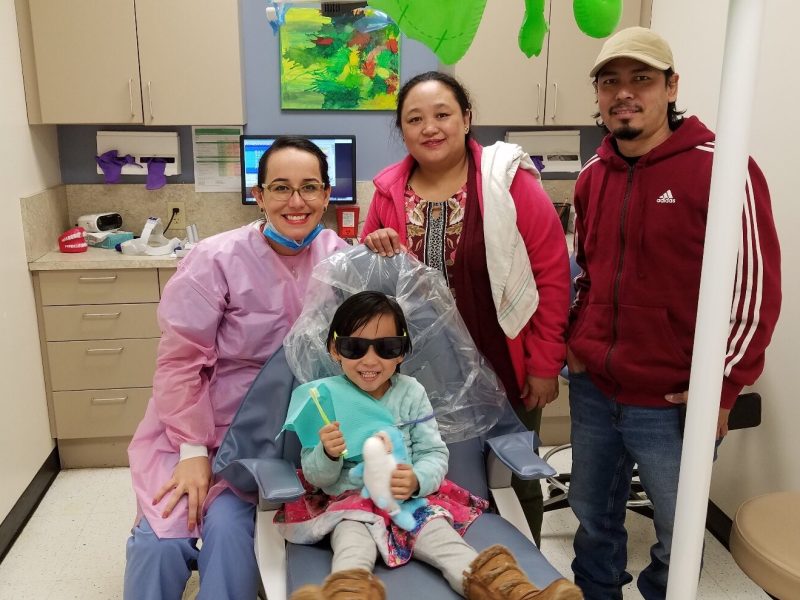Common ground: Creating shared civic space sparks redevelopment in neighborhoods
As older communities look for ways to attract new residents, retain folks who already live there, and lure new businesses, common spaces connect people to place.
The intersection of Montgomery and Plainfield roads is a busy place. Well over 10,000 vehicles traverse the crossroads in the heart of the village of Silverton every day. The popular brewpub HighGrain Brewing sits on one corner. By the end of the year, its northeast corner, now essentially vacant, should be transformed into a public gathering space with a small stage, places to sit, play areas for kids, earth mounds, and lush landscaping. The pocket park, barely more than a half-acre, will be called Silverton Town Commons, and is envisioned as a communal space and a gateway to the village’s business district.
“It’s our little corner to invite people to be out in that area, and to reinforce the idea of coming there to gather,” says Jack Cameron, Silverton’s village manager.
As urban neighborhoods and first-ring communities look for ways to attract new residents, keep the folks who already live there, and lure new businesses, creating spaces where people can gather on a summer evening, a fall weekend, or a winter Christmas tree lighting is a benefit that connects people more closely with the places they live. The town square or town commons concept can help first suburbs revive what made them good places to live in the first place, compact, walkable neighborhoods, and a sense of community.
“The first suburbs have seen urban centers grow and revitalize over the last decade-plus, and they’ve realized they need to adapt to the changing times,” says Kevin Wright, cofounder and principal of Yard & Co., a Cincinnati-based community development consulting firm.
Silverton Town Commons is part of a larger plan to revitalize Silverton’s main business district, the Plainfield Road corridor from Montgomery Road north to the village limits. Silverton leaders and community members, with the Hamilton County planning department, embarked on a planning effort in 2019 to come up with a guide for the future use and transformation of that central part of the village.
A steering committee was convened composed of Silverton residents, business owners, and other stakeholders. Work sessions were held, a tour of the district was organized, and design workshops conducted to create the community vision.
Like many first-ring suburbs, Silverton has seen its population contract over the last couple of decades. Its business district feels a bit dated, but there have been promising signs of redevelopment. Most notable among them is HighGrain Brewing, a brewpub and restaurant that opened in 2019 in the village’s former municipal building at the Plainfield and Montgomery intersection. A block away is Silverton Café, a popular bar and grill that’s been serving burgers and beer for 30 years. A block in the other direction is MVP Sports Bar, and next door to the planned park is Italianette Pizza, a family-owned restaurant that has served the village for more than 35 years.
A focal point of the pocket park is the Women Writing for a Change mural, which stretches nearly the entire length of the park, and includes the line “We are all in this story together,” from a poem by Appalachian poet and psychologist Sally Atkins. The mural was partly funded by the village and Hamilton County, designed by Cincinnati-based artist Erin Barker, and painted by youth apprentices from ArtWorks, who were led by a teaching artist. (As an aside, nearly 10 years ago, Silverton dissolved its police department, sold its no-longer-needed equipment, and started a public art fund with the proceeds. The Hamilton County sheriff’s office now provides police services for the village.)
The mural serves as a landmark in the village center, and will provide the colorful backdrop for the events and activities at Silverton Town Commons.

Key to its success as a public destination will be investments in infrastructure, as well as in the operations and activation of the site, says Wright, whose company has consulted on place-making plans with neighborhoods and towns in Greater Cincinnati and around the Midwest. Bikeability and walkability will be important, he says. “Make sure people can get to it without hopping in a car,” he says.
Activating the site with events such as farmers’ markets, running group meetings, or morning yoga, will turn it into a destination, he says. “Give people a reliable reason to go to it a couple times a month,” he says.
The site will also benefit from a recently approved Designated Outdoor Refreshment Area (DORA) that will permit adult beverages to be sold and carried outside in a district around the Plainfield-Montgomery nexus.
A key to the creation of Silverton Town Commons was the village’s control of the site. It was formerly the site of a retail establishment, and when it closed, the village, rather than sell the site to another merchant, held on to it, with plans to make it a welcoming public space and a centerpiece to Silverton’s turnaround.
The town commons concept is an idea that has been adopted by other communities engaged in the work of sustaining, remaking, and revitalizing their communities. “Data shows that appropriately-placed pedestrian spaces can boost foot traffic between 20 and 40 percent,” reads a community plan developed by Silverton officials, consultants, and county planners. “Whether implemented within the neighborhood fabric or along the streetscape (permanent or temporary parklets), when adjacent to existing restaurants, cafes, and businesses, these uses can support existing businesses and create an indoor-outdoor relationship that activates the street.”
The Cincinnati neighborhood of Westwood opened Westwood Town Hall Park in 2019, a renovated park and community gathering space with a playground, a plaza, seating, a dog park, and events throughout the year, all built around the community’s historic 19th century town hall building.
The neighborhood of Mt. Airy converted a parking lot in its business district with landscaping and a mural and called it Mount Airy Commons, a space for neighborhood grillouts and other gatherings.
On a much larger scale, in the city of Montgomery, the $150 million Montgomery Quarter development will include a new public park in its center, which will be programmed with events such as festivals, concerts, yoga, and other gatherings.
The mother of all town commons may be Summit Park in Blue Ash, a 130-acre park complete with restaurants, ice cream shops, a kids park, a pond and a walking trail. It’s the site of Red White and Blue Ash, a free July 4 concert that attracts tens of thousands to the northeastern Hamilton County city. Of course, most towns don’t have the acreage of an unused municipal airport that they can convert to a new park as Blue Ash did.
Back in Silverton, its solid stock of affordable houses, its restaurants and watering holes, and its parks were all reasons that Andy Bolgzds and his fiancé, Nancy Topmiller, moved there in June. They both grew up in Norwood, and Andy lived in that community his entire life. Now 64, he’s getting married for the first time, while it will be Nancy’s second, following the death of her first husband.
Nancy, 66, is semi-retired, and Andy is eyeing retirement. Silverton will be the place they’ll start their new lives as retired newlyweds. “We’re happy where we’re at,” Andy says. “It’s a quiet neighborhood that was perfect for us.”
As Silverton carries out its plans to create community space, improve its business district, and build new housing, expect that more people will join Andy and Nancy in moving to the community.

















